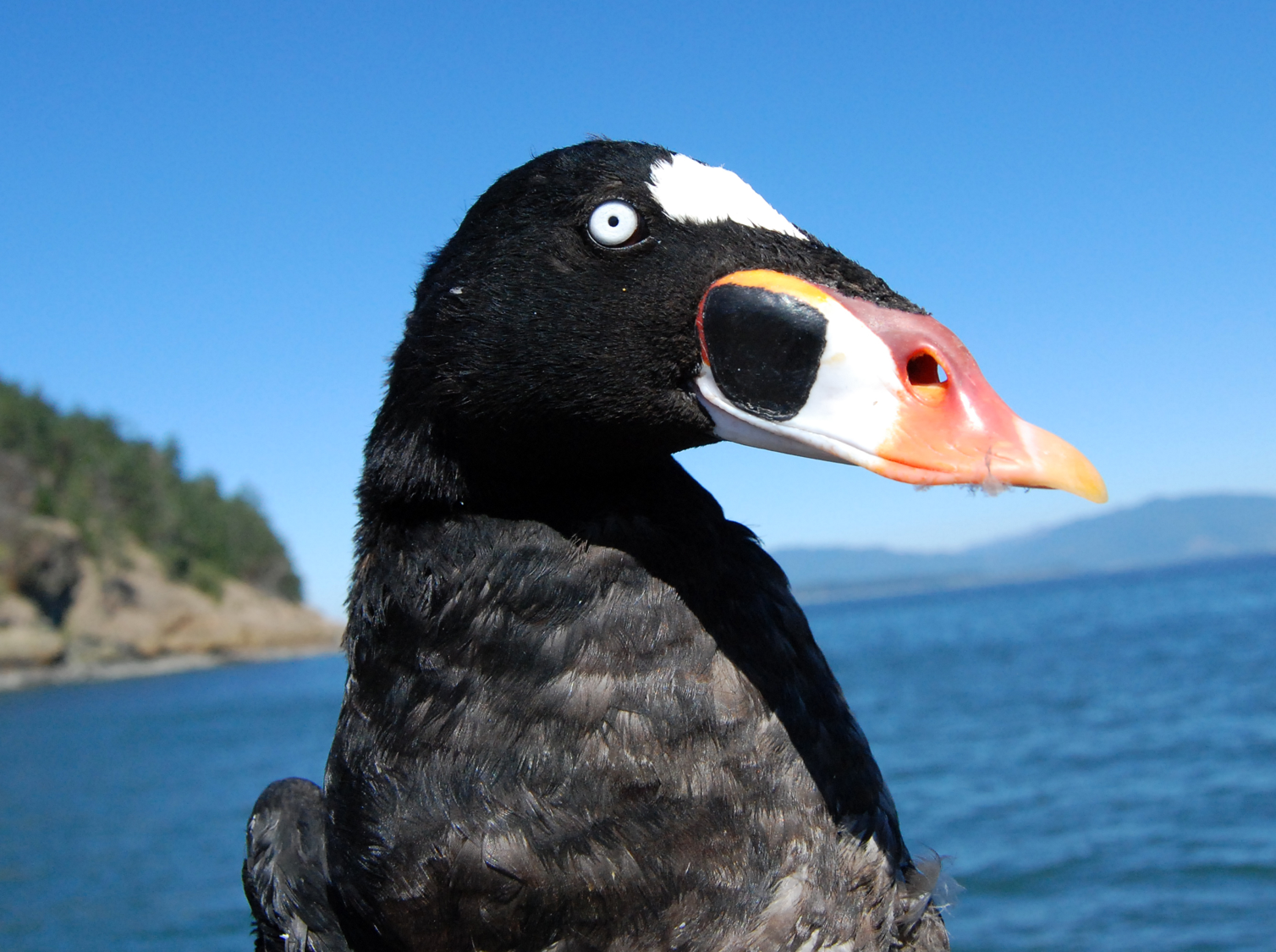The SeaDoc Society has funded and conducted scientific research in the Salish Sea for over 20 years, and 40% of our projects have already directly improved management, policy and restoration efforts to protect the ecosystem for future generations.
The button above takes you to our secure giving website. Tax-deductible donations made before the end of the year will be worth double thanks to a generous matching gift from a SeaDoc Society supporter.




